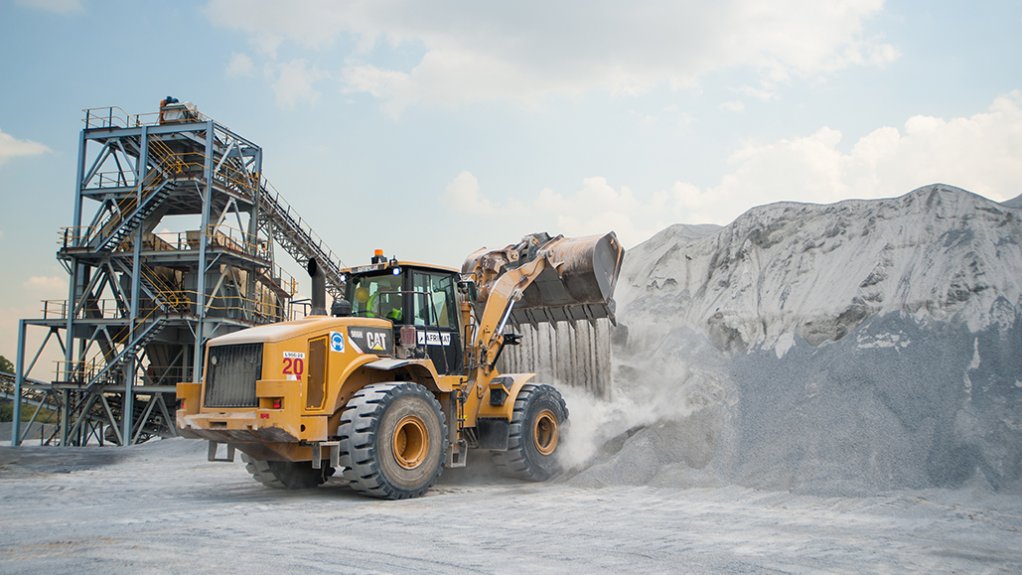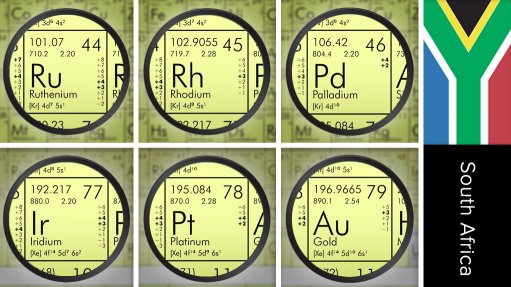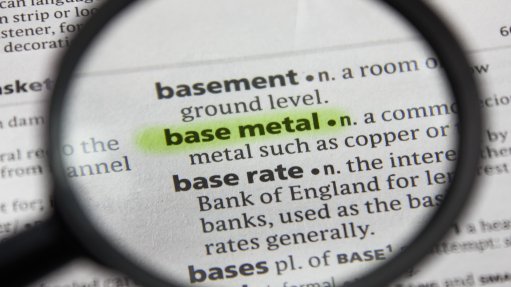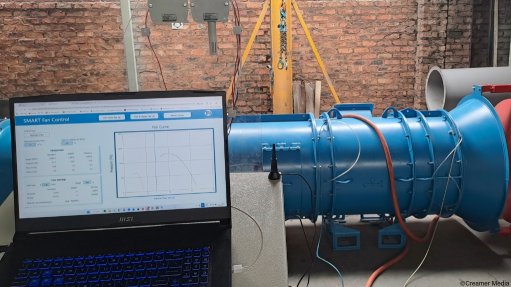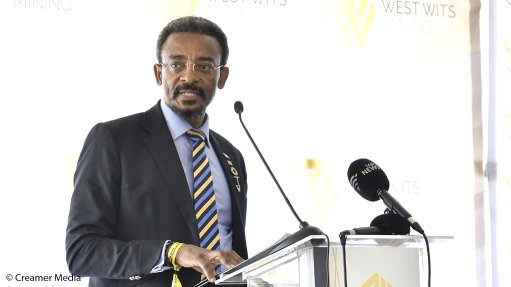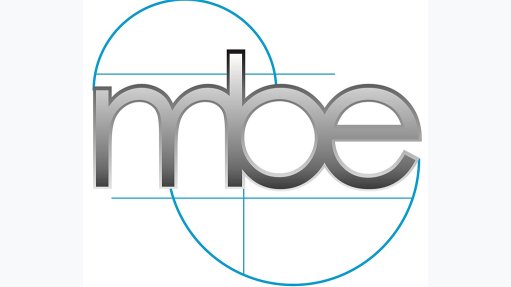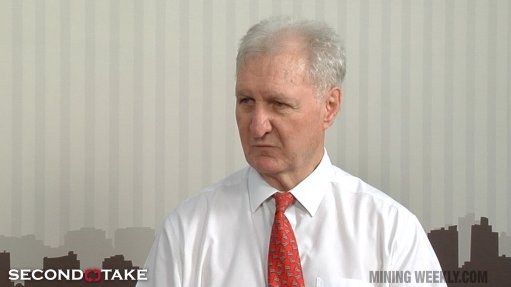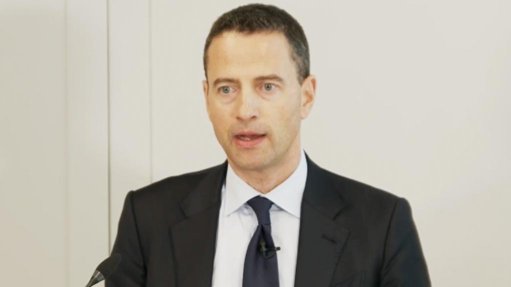Construction sector adds value to economy in second quarter – Afrimat index
JSE-listed industrial minerals, bulk commodities and construction materials miner Afrimat reports that, compared with the first quarter of this year, the construction sector managed to increase the value added to the economy by 4.1% in real terms in the second quarter.
This was revealed in the Afrimat Construction Index (ACI) – a composite index of the level of activity within the building and construction sectors, compiled by economist Dr Roelof Botha, on behalf of Afrimat.
The boost was experienced despite a series of negative events that served to exert additional pressure on levels of economic activity during the second quarter, including flooding in KwaZulu-Natal and lengthy strikes at major mining companies; combined with general economic factors, such as weaker prices for precious metals and iron-ore, high fuel costs, extensive load-shedding, inefficiencies in rail transport and increasing inflation.
Botha notes that the ACI also recorded a modest 2.4% increase over the first quarter of the year, saying that one of the most encouraging features of the second-quarter performance was the positive trend for both the volume and the value of building material sales, which may be regarded as leading indicators for future construction activity.
“The best-performing indicator, however, was the value of buildings completed in the [metropolitan municipalities] and larger municipalities, with a 21% year-on-year rate of increase.
“The increase in employment in construction during the second quarter was also encouraging and will hopefully continue as government starts embarking on more public-private partnerships as part of the promised infrastructure drive,” says Botha.
Building material sales increased by 9.6% quarter-on-quarter and by 4.4% year-on-year.
“The public sector is still lagging behind the private sector in the crucial area of capital formation, which is the aggregate demand component that ultimately incorporates construction sector activity,” he says.
Botha adds that infrastructure investment by government has not yet resulted in higher levels of public sector expenditure on capital projects, and that private sector capital formation produced an 8.7% increase, in real terms, year-on-year.
During the period under review, positive signs did however start to surface as the fixed capital formation by State corporations increased in real terms, both in quarter-on-quarter and year-on-year terms.
“Another positive development is the rise in the Small and Medium Enterprise Business Confidence Survey for the construction sector [which] recorded a level of 42 during the second quarter, compared with 35 in the first quarter,” he says.
Although government has started a process of deregulation, especially in the crucial area of renewable energy by lifting the limitation on self-generation, Botha says more needs to be done to improve, expand and maintain the country’s infrastructure and also improve the functionality and capacity of key State-owned enterprises and municipalities.
He believes fiscal constraints are not the root cause of the lack of public sector expenditure on infrastructure. The root cause rather is over-regulation, a lack of requisite skills – especially in project management – and the dysfunctional state of a large number of municipalities.
“Fortunately, government has acknowledged that all of these issues should be prioritised under the new growth and reconstruction strategy and visible signs of deregulation have already come to the fore,” says Botha.
Afrimat CEO Andries van Heerden acknowledges that, while South Africa is not an easy environment to operate in at the moment – given load-shedding, increasing input costs and what poor performance from Transnet – Afrimat’s strength lies in its ability to be “nimble”, underpinned by the diversification of products, commodities, location and foreign exchange income streams. These factors enable the group to overcome and work through these operational detractors.
“Although there has been an uptick in the performance indicators of this edition of the ACI, we can attest to the fact that construction and infrastructure activity remains low. Thankfully, the construction materials segment continues to benefit from being located in strategic places across the country, efficiency drives, and product diversification,” he says.
Similarly, Van Heerden says Afrimat’s industrial minerals segment and sector diversity – especially in support of the agricultural sector – are proving to be a solid support to the segment.
He adds that Afrimat remains in a strong cash position, bolstered by a recent and oversubscribed capital raise. This supports a strong cash balance and provides the ability to implement an “exciting” pipeline of growth projects while also being able to react quickly to good opportunities that present themselves.
“The focus for the remainder of the year will be on ensuring seamless execution and the implementation of the Glenover phosphate, vermiculite and rare earth project, which aligns with the global trends of decarbonisation, technology advancements and food security,” says Van Heerden.
It also serves to further enhance Afrimat’s diversification strategy.
Article Enquiry
Email Article
Save Article
Feedback
To advertise email advertising@creamermedia.co.za or click here
Press Office
Announcements
What's On
Subscribe to improve your user experience...
Option 1 (equivalent of R125 a month):
Receive a weekly copy of Creamer Media's Engineering News & Mining Weekly magazine
(print copy for those in South Africa and e-magazine for those outside of South Africa)
Receive daily email newsletters
Access to full search results
Access archive of magazine back copies
Access to Projects in Progress
Access to ONE Research Report of your choice in PDF format
Option 2 (equivalent of R375 a month):
All benefits from Option 1
PLUS
Access to Creamer Media's Research Channel Africa for ALL Research Reports, in PDF format, on various industrial and mining sectors
including Electricity; Water; Energy Transition; Hydrogen; Roads, Rail and Ports; Coal; Gold; Platinum; Battery Metals; etc.
Already a subscriber?
Forgotten your password?
Receive weekly copy of Creamer Media's Engineering News & Mining Weekly magazine (print copy for those in South Africa and e-magazine for those outside of South Africa)
➕
Recieve daily email newsletters
➕
Access to full search results
➕
Access archive of magazine back copies
➕
Access to Projects in Progress
➕
Access to ONE Research Report of your choice in PDF format
RESEARCH CHANNEL AFRICA
R4500 (equivalent of R375 a month)
SUBSCRIBEAll benefits from Option 1
➕
Access to Creamer Media's Research Channel Africa for ALL Research Reports on various industrial and mining sectors, in PDF format, including on:
Electricity
➕
Water
➕
Energy Transition
➕
Hydrogen
➕
Roads, Rail and Ports
➕
Coal
➕
Gold
➕
Platinum
➕
Battery Metals
➕
etc.
Receive all benefits from Option 1 or Option 2 delivered to numerous people at your company
➕
Multiple User names and Passwords for simultaneous log-ins
➕
Intranet integration access to all in your organisation



